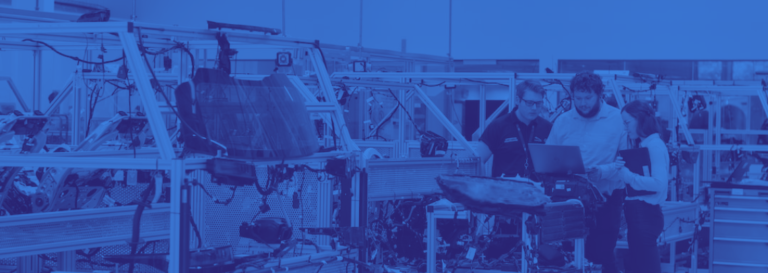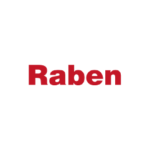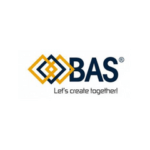A good MES can take the production process to another level. Its implementation in an organisation is one of the simplest ways to effectively manage the company’s resources. As it enables continuous monitoring of production and obtaining specific information about it, it influences the flow of the entire process and ultimately a noticeable increase in company profits. What should you pay attention to when you select it?
Have you got any comments or questions? Contact the author of the article via LinkedIn Are you interested in production monitoring? Listen to episode 5 of the podcast!
Possibility of integration with the entire production control system
A high-end MES allows integration with other IT applications regardless of their supplier. Data import and export should be configurable. Interfaces must support working with different systems, ERP, APS, WMS, BI, CMMS, etc. Note that an MES is not a tool for production teams only. It should be integrated into the entire cycle of production control and provide information to production planning, cost accounting, material picking, procurement, prevention or technological departments.System uptime and performance
By its very nature, an MES works in a continuous process. Work monitoring or resource management takes place online. Sometimes, a minimal unavailability of the system is enough to disrupt the production process. It is necessary to determine what safeguards have been introduced by the manufacturer so that incidents in the system do not affect the continuity of work in production. When you chose an MES, another important component is its performance: the data refresh frequency, the data transmission method and the amount of data transferred in one session.Making changes
It is not always the case that once an MES has been tailored, it will work for the entire life cycle of a process. The way of running the basic process as well as auxiliary processes is modified. New organisations and technologies are introduced. The system should be able to introduce changes, and this should occur on two levels, modelling and production use. This concerns the appearance of the reporting panel, changes in the system transactions or even writing new and modifying existing interfaces.Reporting environment
Usually, MES providers offer standard reports or define them during implementation. There is no strict criterion, no list of reports. It is a result of experience and good practices. If we have a list of reports, we should agree it with the supplier. And if not? The solution is to choose a system that has built-in mechanisms for custom reports, individual statements, or—at a higher level than the database language—clickability of queries. In the application itself, the MES is divided into a monitoring environment, an analytical environment and a presentation (dashboard) environment.Connection to machines
At the design stage, it is necessary to determine how far integration with machines will go and whether it is possible. With machines, that is, with an automatic interface for data exchange with the system objects: machine controllers, measurement and control equipment, databases, etc. Very often, from the third level of business management (ISA 95), the MES directly communicates with Layer 1 or 0. There has been a huge development in communication between these layers. The MES connects with the facility equipment in many ways, through database, OPC client, automation cards, microsites, I/O systems with PLCs or SCADA system. This aspect of MES development possibilities is particularly important in the design of company’s autonomous systems. However, you cannot forget the integration, as mentioned above, with the entire company management system either.Mobile application
Increasingly, access to the company’s facilities is provided via various mobile applications. The MES should provide access to registration, verification and communication via remote units. These are mobile devices operating within the company, e.g. for quality or maintenance teams, but also tablets and smartphones operating outside the company, e.g. for supervisory or management staff. If the MES has these 6 important features, it deserves to be called good and modern. However, it is worth remembering that before it is implemented, a thorough analysis should be conducted in the company, which will show the condition of the organisation itself and the production processes which run in it. This will allow the company to assess what (and to what extent) needs to be optimised. As a company with 30 years of experience, we are perfectly familiar with the subject of MES class system implementations, as we are also its supplier. Furthermore, we have competences to carry out the pre-implementation analysis: the knowledge of our experts will work for your success.Dariusz Kacperczyk
consultant to the management board eq system
Have you got any comments or questions? Contact the author of the article via LinkedIn Are you interested in production monitoring? Listen to episode 5 of the podcast!



































